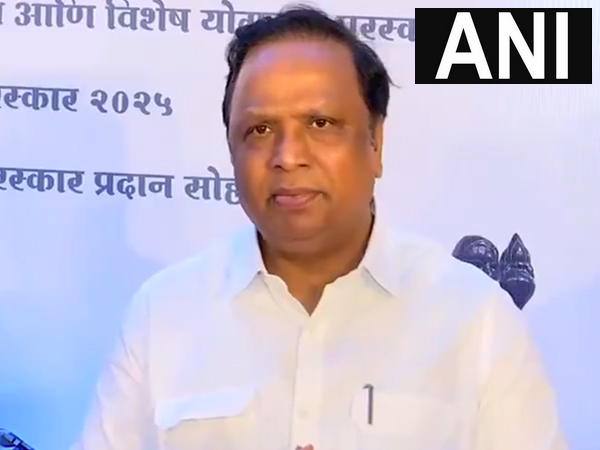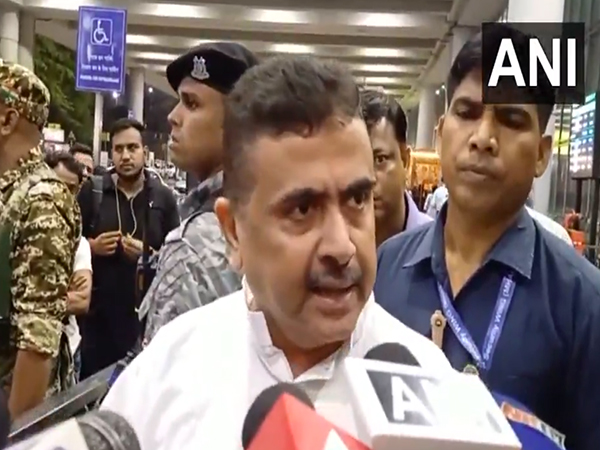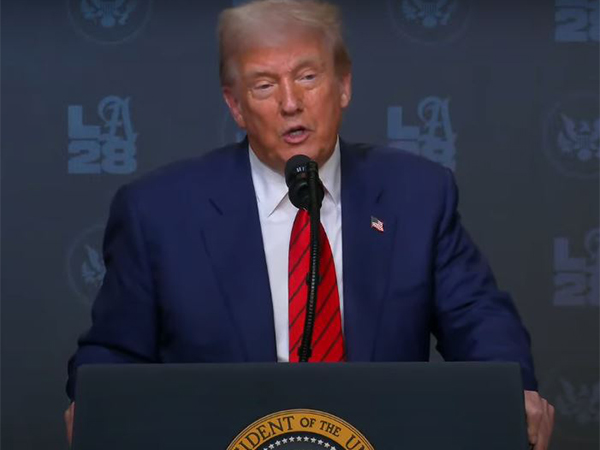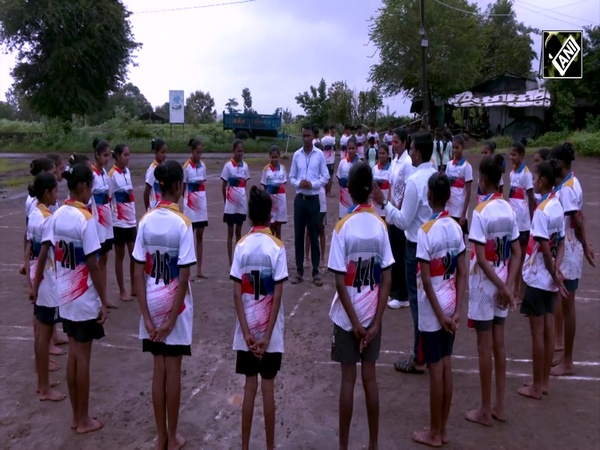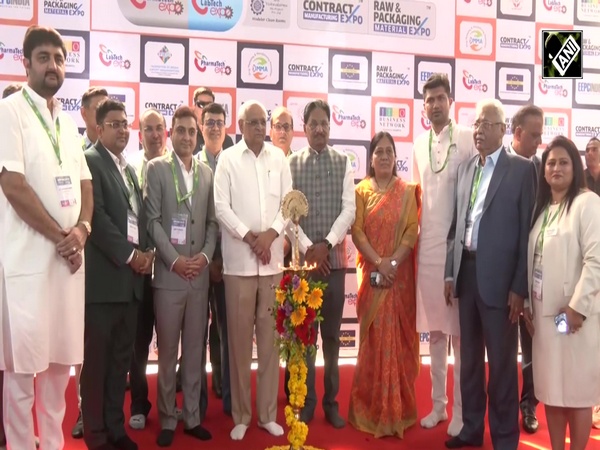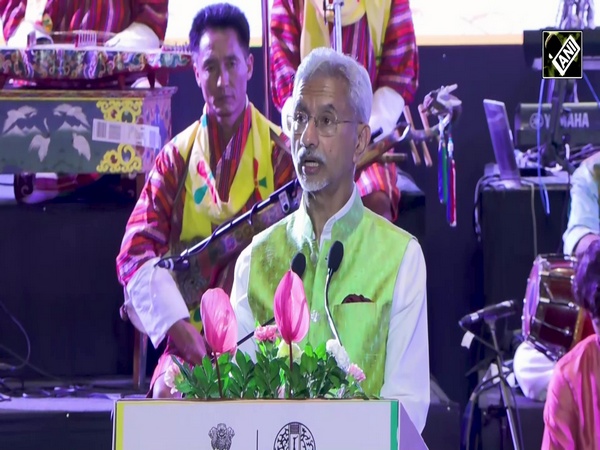Cabinet approves royalty rates for mining of 12 critical minerals
Feb 29, 2024

New Delhi [India], March 1 : The Union Cabinet, chaired by Prime Minister Narendra Modi, has given its nod for the amendment of the Second Schedule to the Mines and Minerals (Development and Regulation) Act, 1957, to specify the royalty rates for 12 critical and strategic minerals.
This decision includes minerals such as beryllium, cadmium, cobalt, gallium, and several others that are pivotal for the nation's strategic sectors, including defence, electronics, and renewable energy.
According to an official release from the Cabinet, "The Union Cabinet chaired by Prime Minister Narendra Modi approved the amendment of the Second Schedule to the Mines and Minerals (Development and Regulation) Act, 1957 ('MMDR Act') for specifying the rate of royalty in respect of 12 critical and strategic minerals, viz., Beryllium, Cadmium, Cobalt, Gallium, Indium, Rhenium, Selenium, Tantalum, Tellurium, Titanium, Tungsten and Vanadium."
This completes the exercise of the rationalisation of royalty rates for all 24 critical and strategic minerals.
It may be noted that the government notified the royalty rate of 4 critical minerals, viz., glauconite, potash, molybdenum and platinum Group of Minerals, on March 15, 2022, and of 3 critical minerals, viz., lithium, Niobium and rare earth elements, on October 12, 2023, according to the release.
Recently, the Mines and Minerals (Development and Regulation) Amendment Act, 2023, which came into force on August 17, 2023, listed 24 critical and strategic minerals in Part D of the First Schedule of the MMDR Act.
The amendment provided that the mining lease and composite licence for these 24 minerals would be auctioned by the Central Government.
The approval by the Union Cabinet for the specification of the rate of royalty will enable the Central Government to auction blocks for these 12 minerals for the first time in the country, it added.
The royalty rate on minerals is an important financial consideration for the bidders in the auction of blocks.
Further, the method for calculating the average sale price (ASP) of these minerals has also been prepared by the Ministry of Mines, which will enable the determination of bid parameters.
As per the release, the Second Schedule of the MMDR Act provides royalty rates for various minerals. Item No. 55 of the Second Schedule provides that the royalty rate for minerals whose royalty rate is not specifically provided therein shall be 12 per cent of the average sale price (ASP).
Thus, if the royalty rate for these is not specifically provided, then their default royalty rate would be 12 per cent of ASP, which is considerably high as compared to other critical and strategic minerals.
Also, this royalty rate of 12 per cent is not comparable with other mineral-producing countries.
Critical minerals have become essential for economic development and national security in the country. Critical minerals such as Cadmium, Cobalt, Gallium, Indium, selenium and Vanadium have been used in batteries, semiconductors, solar panels, etc.
These minerals have gained significance given India's commitment to the energy transition and achieving net-zero emissions by 2070.
Minerals like beryllium, titanium, tungsten, tantalum, etc. have been used in new technologies, electronics and defence equipment.
Encouraging indigenous mining would lead to a reduction in imports and the setting up of related industries and infrastructure projects. The proposal is also expected to increase the generation of employment in the mining sector.
The Geological Survey of India (GSI) and Mineral Exploration & Consultancy Ltd. (MECL) have recently handed over the exploration report of 13 blocks containing one or more critical minerals like cobalt, titanium, gallium, vanadium and tungsten.
Further, these agencies are conducting exploration for these critical and strategic minerals in the country.

